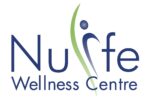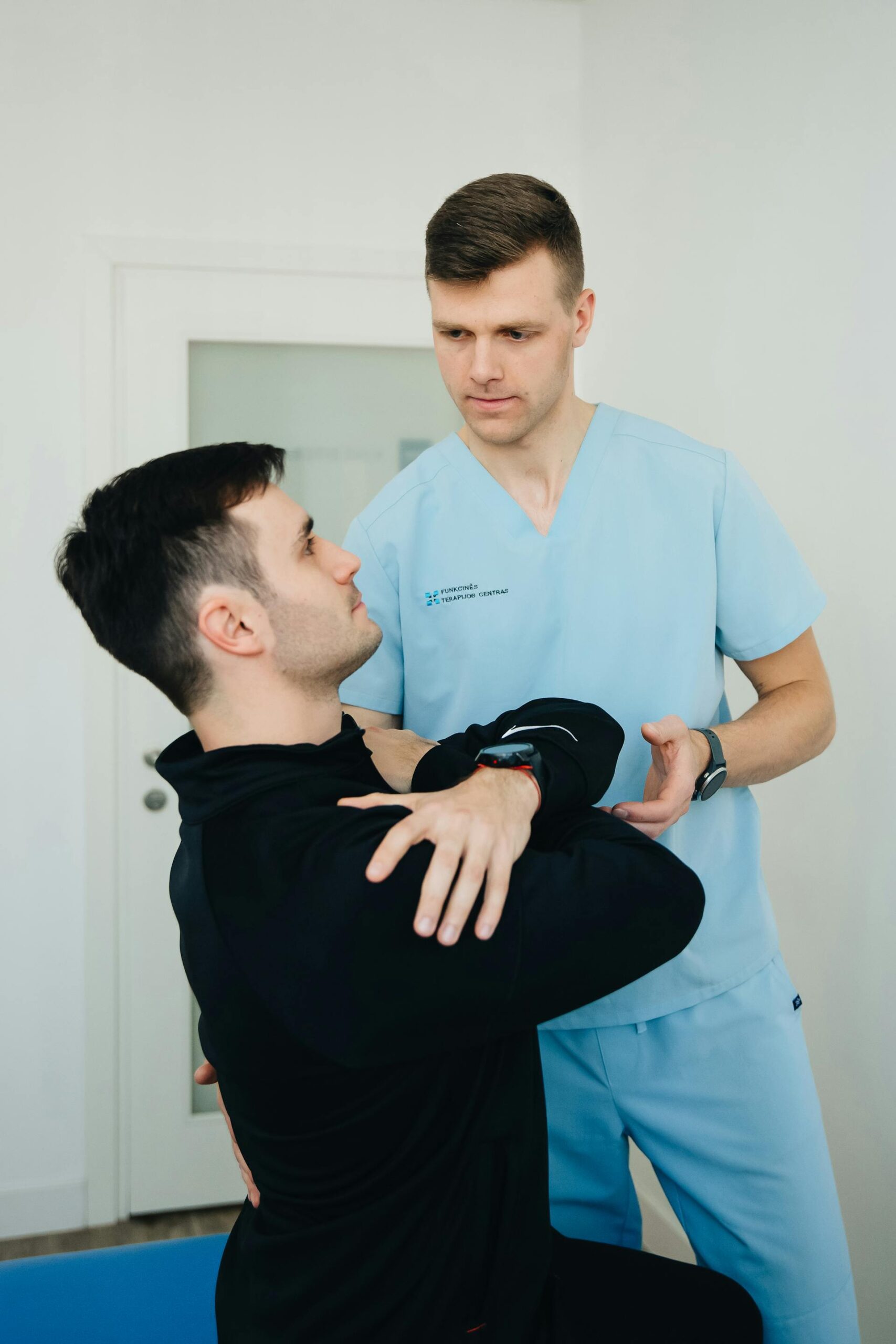For at least fifty years, clinical studies of scoliosis frequently have reported paraspinal muscle imbalances of strength, diameter, length, fiber type, or electromyographic activity. They support the Schroth thesis that scoliosis always involves asymmetrical muscle groups in the back and elsewhere, which in normal bodies are more evenly symmetrical.
In a typical scoliotic configuration, depicted at right, back musculature pulls lower ribs so that the lumbar (abdominal) region rotates laterally, downwards, and backwards.
To maintain the torso’s upright and forward orientation, the thoracic (chest) region must twist back in the opposite directions, and the cervical (neck) area responds with a third abnormal twist. Other imbalances are often present in the legs and feet. The resulting eccentric loads predispose the scoliosis to a vicious cycle of progression with unpredictable outcome.
In its effort to reverse the scoliotic spinal rotations, the Schroth method of scoliosis exercise therapy addresses all three planes — sagittal, frontal, and transverse. This means that correction needs to occur not only from side to side and front to back, but also longitudinally: that is, the spine which has shortened because of rotation must also be lengthened. Hence the Schroth method’s designation as “three-dimensional” therapy.
The method teaches you how to:
- Correct spinal rotation and increase lung capacity with a rotational breathing technique.
- Help restore normal spinal position with pelvic corrections, breathing techniques, and stabilizing isometric contractions.
- Improve your posture during routine daily living, not just during therapy.
About Scoliosis Rehabilitation
-
What is the Schroth Method for scoliosis?
The Schroth Method is a specialized physical therapy approach designed to treat scoliosis. It involves specific exercises tailored to each individual's spinal curvature, aiming to reduce the curve, improve posture, and enhance overall spinal function.
-
Who can benefit from the Schroth Method?
The Schroth Method can benefit individuals of all ages with scoliosis, including children, adolescents, and adults. It is particularly effective for those looking to manage and potentially reduce their spinal curvature without surgery.
-
What does a typical Schroth Method session involve?
A typical Schroth Method session involves a personalized assessment, followed by exercises that focus on breathing techniques, muscle activation, and posture correction. These exercises aim to elongate the spine, derotate the curve, and improve overall spinal alignment. Sessions are usually conducted by a specially trained Schroth therapist.
Visit Us Today
Don't hesitate to reach out and begin your path to health and wellness.



